Introduction
The good news is that these resources comprise thousands of pages of reading.
The bad news is that these comprise thousands of pages of reading.
A few experts that I know have confessed that they have not read all of what I consider to be "The Big Three", let alone everything listed here. So, you can probably get along by not reading everything.
Most of the resources are online and available at no cost. Some are copyrighted, and available for purchase or online access rental. Your local library may be able to borrow some of them for you through inter-library loan.
The Big Three
These total to over 800 pages (over 1200 if one counts all three volumes of DOT/FAA/CT-88/8), but they can give you broad exposure to aircraft icing technology. However, they are now a little dated (the most recent, DOT/FAA/CT-88/8, was …
read more
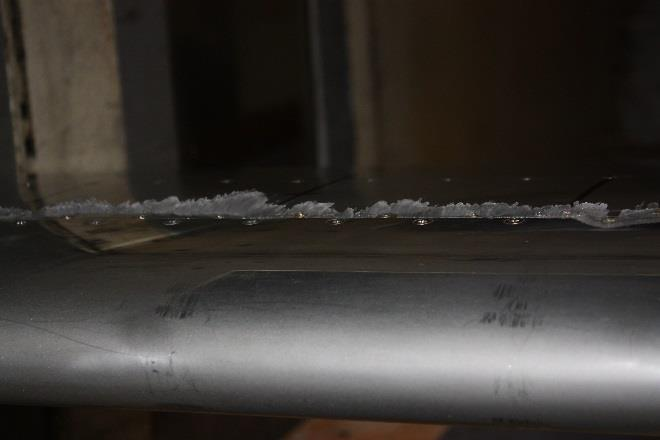

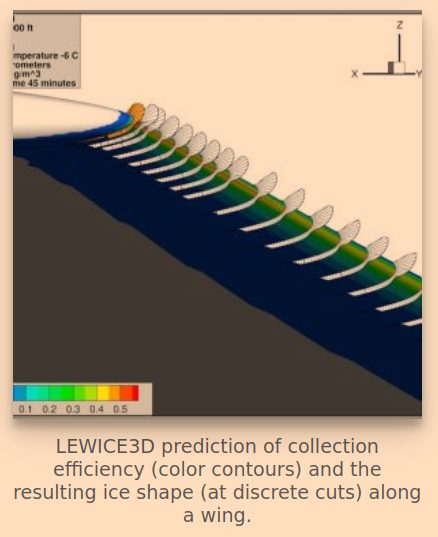
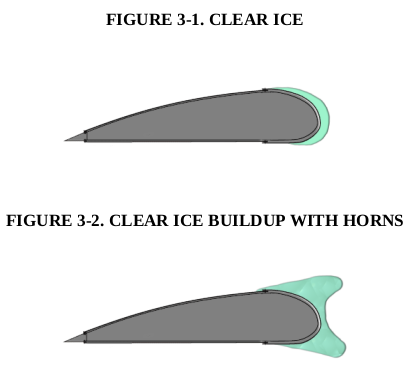
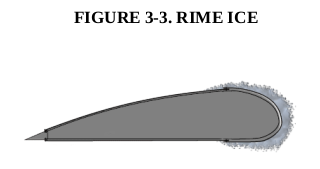
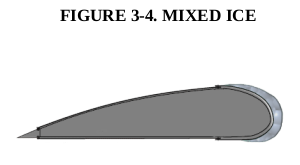
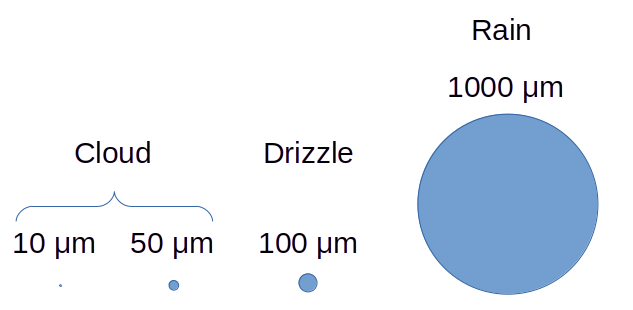
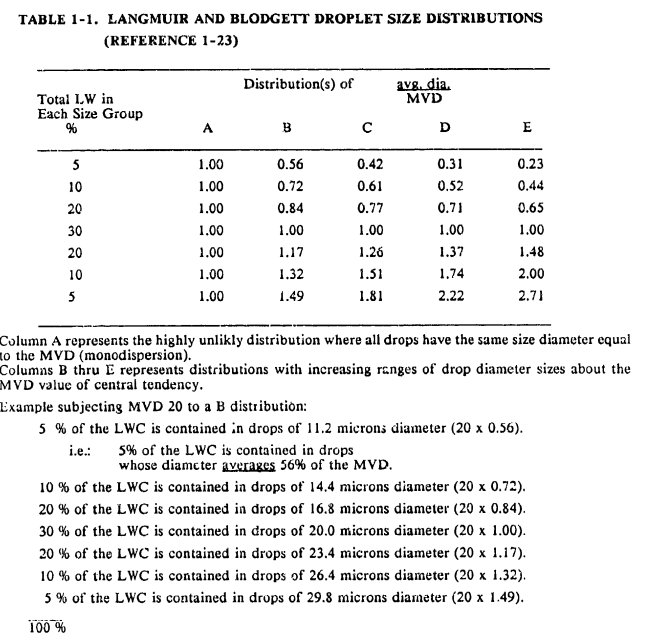
 Adapted from "Aviation Weather For Pilots and Flight Operations Personnel", AC 00-6A (Cancelled)
Adapted from "Aviation Weather For Pilots and Flight Operations Personnel", AC 00-6A (Cancelled) 

